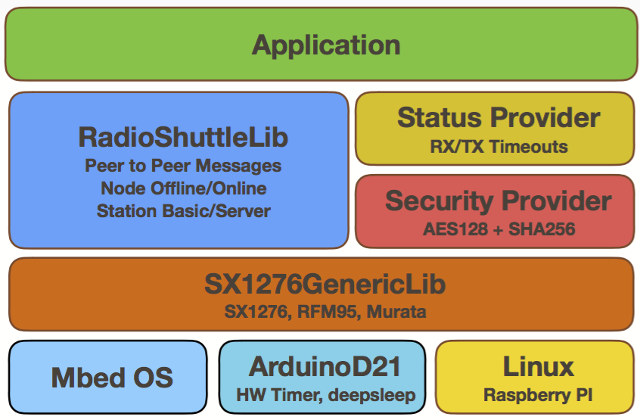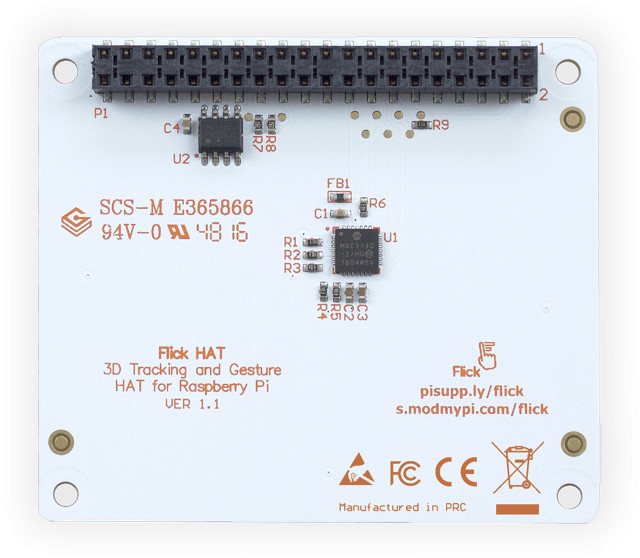Last week, we discovered Amlogic S905W processor through Tanix TX3 Mini TV box, with the processor maxing out at 4K @ 30 Hz in order to provide cost-competitive solutions, for example against Rockchip RK3229 TV boxes. However, at the time, the price was not that attractive. Prices have come down quickly, as Tanix TX3 Mini can be purchased for about $29 with 1GB RAM /16GB flash, and $32 with 2GB RAM/ 16 GB flash using coupon PYNNHDAH. X96 Mini is an even cheaper option as the Amlogic S905W is sold for as low as $24.99 shipped on Banggood.
![]() X96 mini TV box specifications:
X96 mini TV box specifications:
- SoC – Amlogic S905W quad core ARM Cortex-A53 @ up to 1.5 GHz with penta-core Mali-450MP GPU @ 750 MHz
- System Memory – 1 or 2GB DDR3
- Storage – 8 or 16GB eMMC flash + micro SD card slot
- Video & Audio Output – HDMI 2.0a output with HDR, AV port (composite + stereo audio)
- Video Codecs – [email protected] H.265 [email protected], [email protected] VP9 Profile-2, MPEG1/2/4, H.264, HD AVC/VC-1, RM/RMVB, Xvid/DivX3/4/5/6 , RealVideo8/9/10
- Connectivity – 10/100M Ethernet, 802.11 b/g/n Wi-Fi (No Bluetooth)
- USB – 2x USB 2.0 ports: 1x host, 1x device (OTG?)
- Misc – IR receiver, IR expansion port
- Power Supply – 5V/2A
- Dimensions – 82 x 82 x 17mm
![]() X96 Mini can be cheaper than Tanix TX3 because it comes with less internal storage (8GB vs 16GB), they’ve done without optical S/PDIF audio output, and the device is smaller. The box runs Android 7.1.2, and ships with an HDMI cable, a remote control, an IR remote control, a power adapter, user’s manual, and just like the older X96 TV box, some mounting kit with “magic tape” in order to hook the device behind the TV. A photo of the board has also been provided, sop we can look a more details about the design:
X96 Mini can be cheaper than Tanix TX3 because it comes with less internal storage (8GB vs 16GB), they’ve done without optical S/PDIF audio output, and the device is smaller. The box runs Android 7.1.2, and ships with an HDMI cable, a remote control, an IR remote control, a power adapter, user’s manual, and just like the older X96 TV box, some mounting kit with “magic tape” in order to hook the device behind the TV. A photo of the board has also been provided, sop we can look a more details about the design:
![]()
Click to Enlarge
- The IR port is marked IR/COAX, so I suspect it can also be used as a coaxial S/PDIF output port
- An 8GB Samsung KLM8G1GEME-B041 eMMC 5.1 flash is used which means they’ve used the best 8GB Samsung flash available with 185/40 MB/s sequential R/W speed, and 5.2K/2.5K R/W IOPS, meaning performance should be decent at all times. The 16GB should be even faster, if they’ve used the same eMMC 5.1 family.
- The WiFi chipset reads something like 5V6051P… I have no idea what brand or model that is…
The 2GB/16GB version of X96 mini is sold for $34.99, that’s about $2 more than the equivalent Tanix TX3 price. You’ll also find both X96 Mini models on Aliexpress.
As a side note, Banggood is organizing a promotion for their 11th Anniversary, and while I have not been able to find any big discount myself, but just around 5% off compared to normal price, you may be luckier.
As a second side note, Amlogic S805X – 4x Cortex A53 limited to 1080p – is also coming, as I learned via Stane1983’s rant about the latest Amlogic Android SDK…
Via AndroidPC.es
Tweet Last week, we discovered Amlogic S905W processor through Tanix TX3 Mini TV box, with the processor maxing out at 4K @ 30 Hz in order to provide cost-competitive solutions,…

























